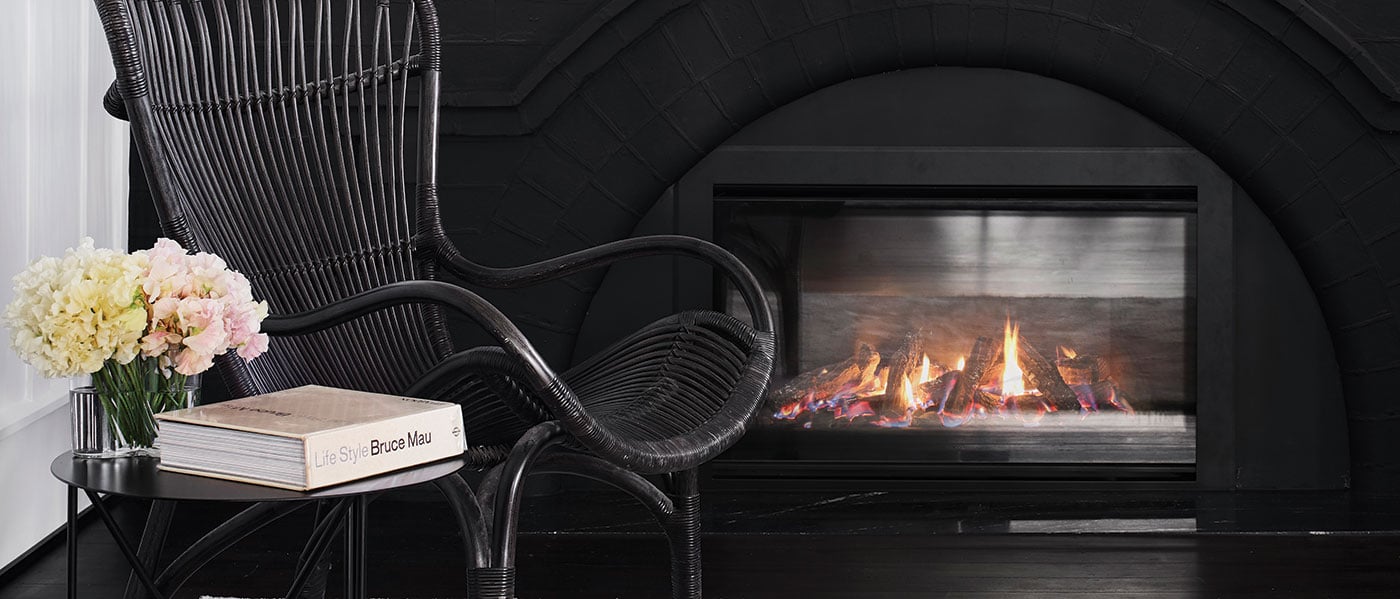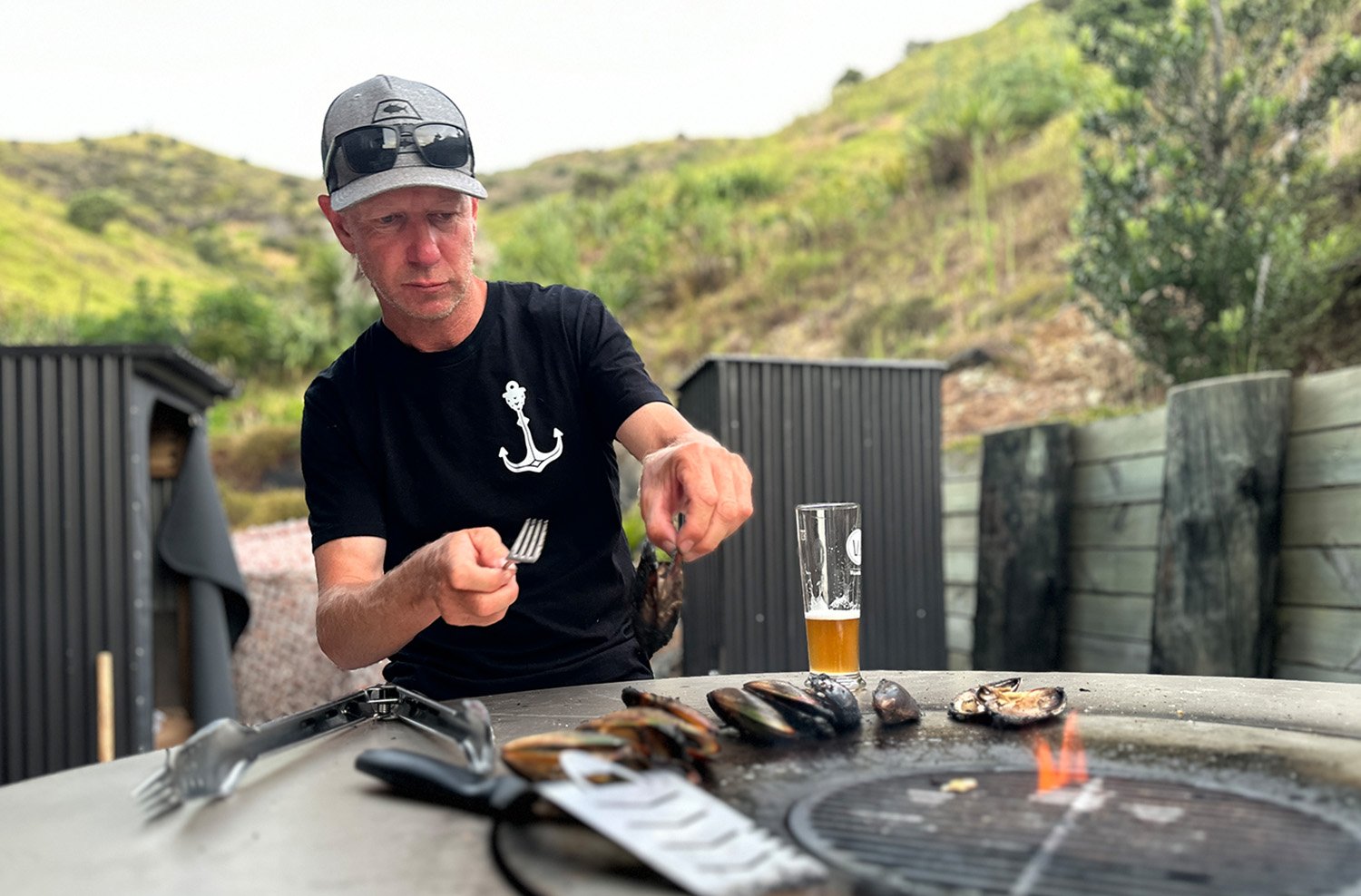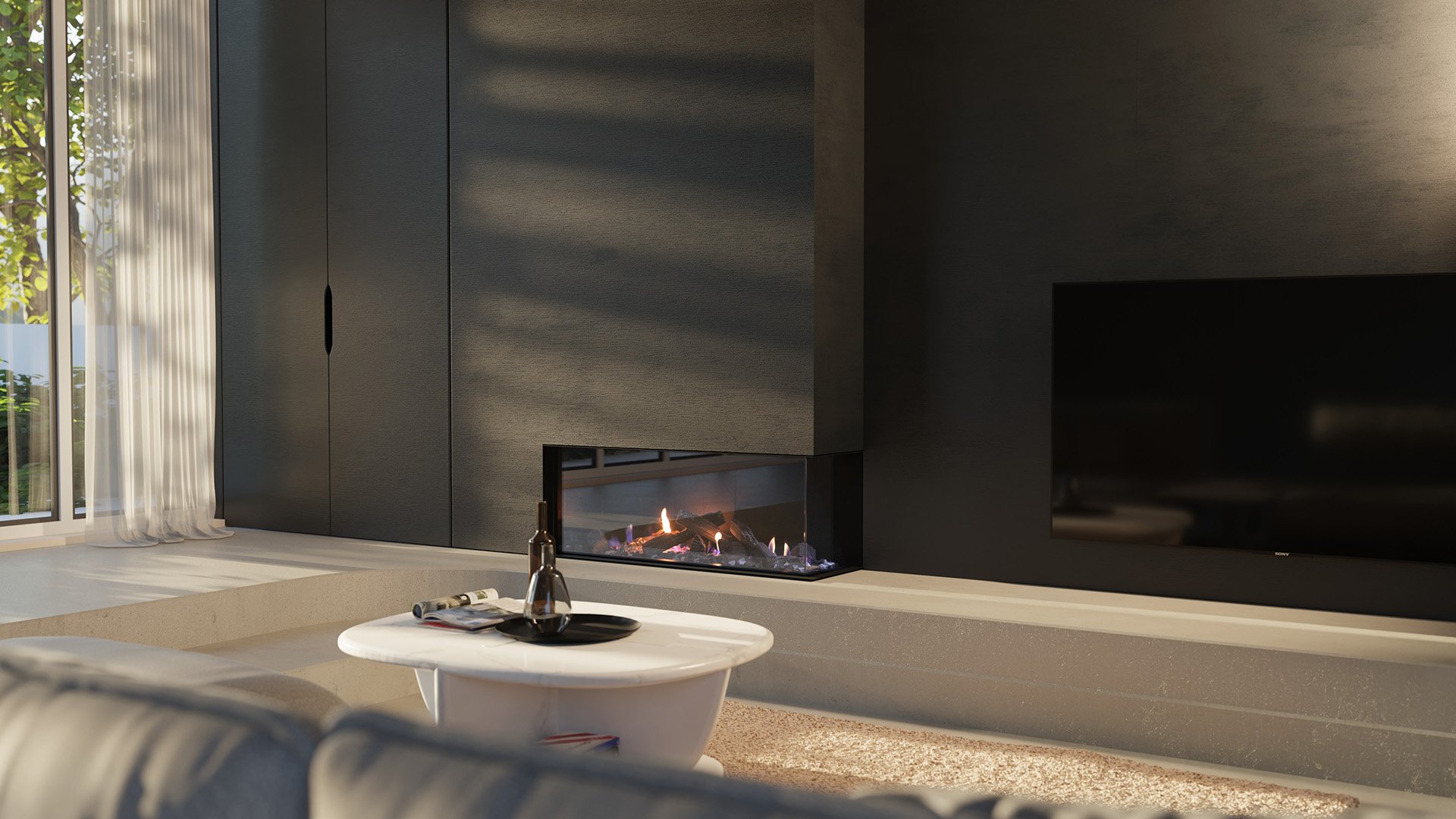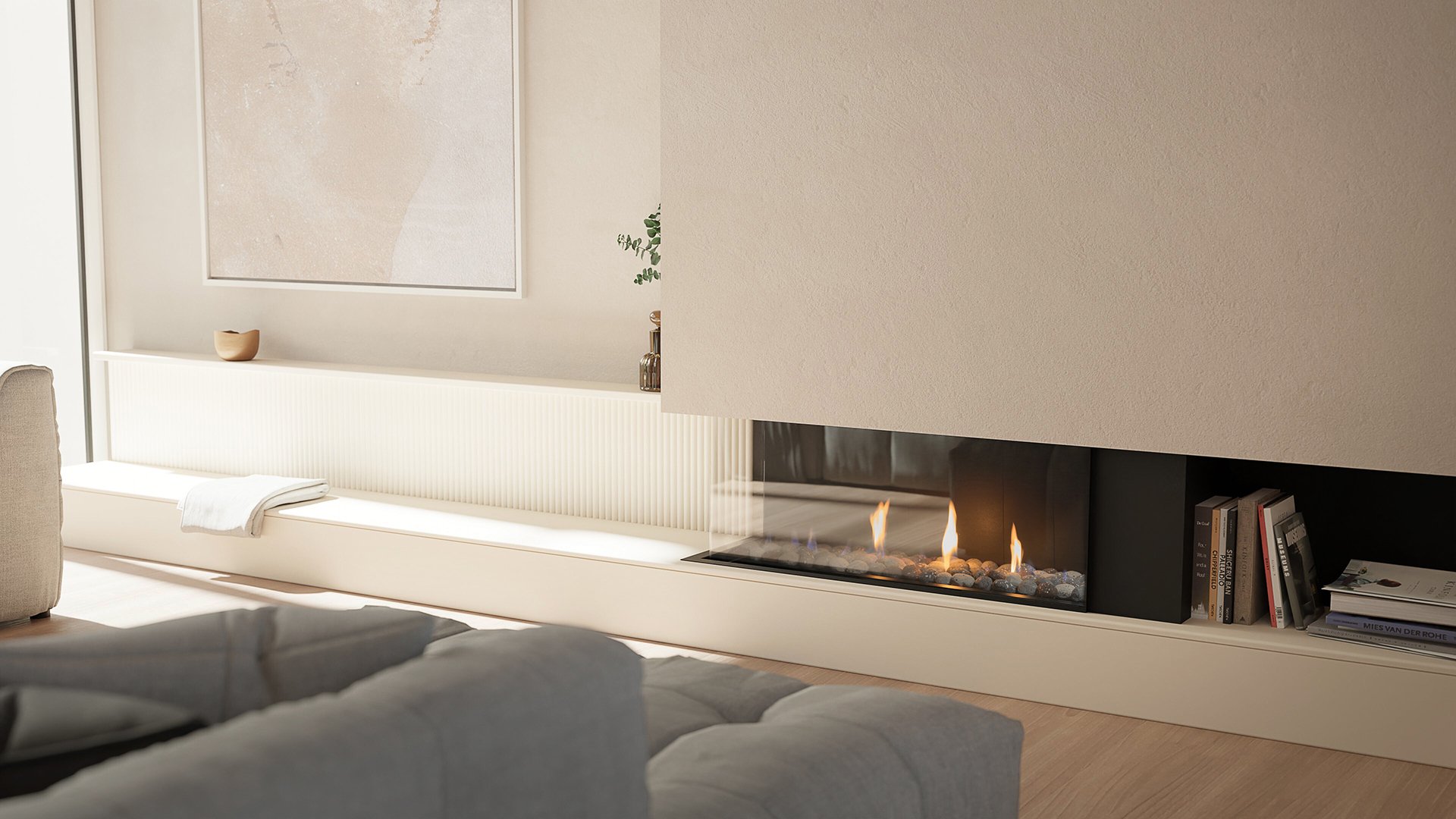Do you need consent to install a gas fire? What about a chimney? And how long will it take?
If these questions sound familiar to you, keep reading as we answer 10 of your most frequently asked fireplace renovation questions.
1. Do I need council consent or a permit to install a gas fire?
While you do need a council consent for a wood burner, consent is not required for a gas fire.
Instead of being consented by the local council, gas fires are certified by gas fitters themselves. The gas fitters are trained for their role and they take full responsibility for the installation process.
While the gas fire installation, unlike a wood fire installation, doesn’t require council consent, the process is still very closely monitored. Once a gasfitter has installed your gas fire, they will issue you with a Gasfitting Certificate of Compliance for the work.
You can find more about New Zealand gas fitters at the Plumbers, Gasfitters and Drainlayers Board website here.
In Australia, please check with your local government authority as regulations may differ depending which state you live in.
Learn more about council consent for gas fireplaces here.
2. Can I install a gas fireplace myself?
Regardless of the installation type, you will need a registered gas fitter to install and certify your new gas fire. You will also need an electrical connection which your electrician will be able to take care of.
It’s always advised that you get a qualified, registered and experienced gas fitter and electrician to do this for you.
3. Can you insert a gas fireplace into an open wood fire? Will it fit?
The Escea DF700 was designed especially to retrofit into existing open fires and built-in log burners. Its smaller dimensions and slim design means that it will fit into most cavities and the flue can simply get fed up the existing chimney (providing the existing brick work is in good condition).
The DF960 is slightly wider than the DF700 but is possible to install into existing cavities too. Just make sure you check the size of the opening first to make sure it will fit.
4. Do I need a chimney to install a new gas fire?
You don’t need a chimney to install a new gas fire, however if you have one, you can definitely use it.
If you already have a chimney for an open fire, you can simply insert a gas fire into the opening and feed the flexible flue up the existing chimney.
If you don’t have a chimney, Escea’s flexible flue system makes it possible to put your fireplace anywhere. This means the flue can run vertically, horizontally out a wall or even under the floor.
5. Do I need special fire-rated materials to install a gas fire?
No. The beauty of all Escea gas fires is that they don’t require any special heat-rated or expensive materials surrounding the fire. You can use any standard building materials, which means you not only keep costs down, but you can also surround your fire in almost anything, even timber!
Learn more about this and Escea's Zero Clearance rating here.
6. Does a gas fire need a hearth?
No. Because all Escea gas fires are Zero Clearance rated, this means the fire surround stays cool so you can clad it in most materials. This also means that the fire doesn’t require a hearth (however if you like the look of a hearth, you can still have one!).
7. How long will it take to install a gas fire in my renovation?
This really depends on the scope of your renovation and the fireplace you’re installing.
If you’re installing a freestanding gas fire, this could take as little as a few hours. If you’re retrofitting a gas fire into an existing chimney, this might take a bit longer depending on the brick work and accessibility for the new flue (allow up to two day for this type of install).
For larger renovations and fireplaces that require a new structural surround or complex flue run, you’ll need to allow about a week. To get a more accurate idea, it’s best to talk through your individual requirements with an Escea Dealer near you.
Don’t forget you’ll need to account for any building work and other trades required on site too.
8. Do I need a power connection for a gas fireplace?
Because of the Direct Vent Power Flue technology integrated into all Escea gas fires, you will need an electrical connection. If you want to use Escea’s Smart Heat app to control your fireplace, you will need a data point connection too. A registered electrician will be able to do this for you.
9. Do I need an existing gas connection to install a gas fireplace?
No. Escea gas fires can be fuelled by either Natural or LPG gas. So, if you already have gas connected to your home, installing a gas fireplace should be pretty straightforward. Your gas fitter will simply create the new connection for you.
If you don’t already have gas at the property, you’ll need to get in touch with your local gas provider and gas fitter. They will be able to establish whether you have access to reticulated gas (natural gas) or if you will require external LPG bottles. The gas fitter will be able to do this for you, and once this is connected, will be able to install your new gas fireplace safely too.
10. Can I install a TV above my gas fire?
Escea’s Zero Clearance technology means that an Escea gas fireplace is safe to install below a TV (the lowest requirement is just 200mm). Different models have different clearance minimums so make sure you check the model specifications first.
Learn more about matching your TV to your fireplace here.
If you've got a question that we've not answered, please feel free to email your question to marketing@escea.com.



